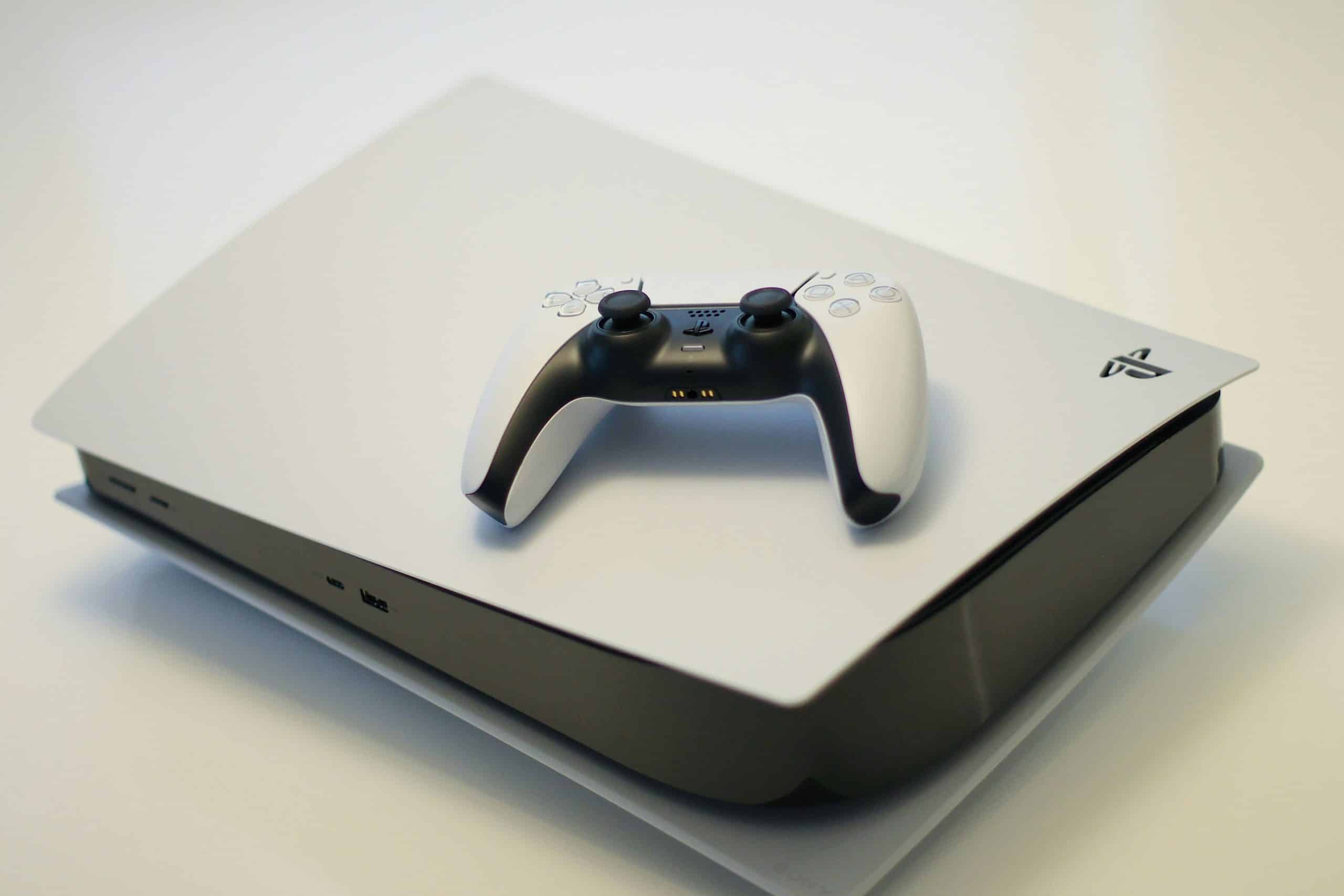The constant evolution of technology in the gaming industry is redefining the way players experience games. The focus is now shifting towards enhancing the multi-device connectivity for consoles, integrating seamless experiences, and pushing the boundaries of possible gaming. With features like cloud gaming, eSIM integration, and superior audio technology, the future of gaming is promising an immersive experience for gamers. Let’s delve into the groundbreaking innovations we can expect in the near future.
The Rise of Cloud Gaming
In the fast-paced world of gaming, cloud technology is making waves. The concept of cloud gaming is turning the idea of traditional console gaming on its head. Instead of relying on the hardware of your console to run games, the games are run on powerful servers in data centers, and the visuals are streamed to your device.
A découvrir également : What Are the Challenges in Achieving Seamless VR Integration with Consoles?
Cloud gaming promises a future where the actual gaming hardware may become irrelevant. It could render high-end consoles obsolete, as gamers can potentially play any game on any device capable of streaming video, be it a smartphone, a TV, or a low-spec PC. This technology provides an affordable and convenient gaming experience by removing the need for constant hardware upgrades, which are necessary to play the latest games.
eSIM Integration: A Game Changer
Another innovation of multi-device connectivity that is set to revolutionize the gaming world is the integration of eSIM into gaming consoles. eSIM, or embedded SIM, is a digital SIM that allows you to activate a cellular plan from your carrier without having to use a physical SIM.
A lire en complément : How Is Gaming Console Durability Being Addressed in Design?
With the use of eSIM, your gaming console will be able to connect to a network anywhere, anytime. This means you can play your favorite games on the go without needing a WiFi connection. eSIM enables seamless device-to-device connectivity, making multiplayer and cloud gaming experiences smoother. Moreover, it can lead to the creation of truly portable consoles, removing the current tethering to home networks.
Superior Audio for Immersive Experiences
Audio technology in gaming has progressed significantly over the years, and more advancements are expected in the future. As multi-device connectivity improves, so does the need for high-quality, immersive audio experiences. Technologies like 3D audio and Dolby Atmos are pushing the boundaries of what’s possible in game audio.
3D audio gives gamers the ability to hear sounds from all directions, adding a new layer of immersion to games. It gives players a sense of space and direction in the game world, making gameplay experiences more realistic and engaging. Dolby Atmos, on the other hand, enriches the sound quality and offers depth to the gaming audio. It allows sounds to move around you in three-dimensional space, so you feel like you’re inside the action.
Seamless Integration across Devices
The future of multi-device connectivity in gaming consoles also lies in the seamless integration across all devices. The idea here is to make your game progress, purchases, and achievements available on any device.
The integration of gaming consoles with smart home devices is also a trend on the rise. Imagine being able to control your game through voice commands, or getting game alerts on your smart home devices. This integration can lead to a more integrated gaming experience in the overall smart home ecosystem.
The Promise of 5G and Beyond
The introduction of 5G is set to impact the gaming industry profoundly. With its higher internet speed and lower latency, 5G will make online gaming smoother and more responsive. It promises a significant improvement in multiplayer gaming, where every millisecond counts.
As we look beyond 5G, advancements in network technology will further enhance the multi-device gaming experience. Technologies like edge computing are expected to reduce latency further, while advancements in AI could personalize the gaming experience in remarkable ways.
In summary, the future of multi-device connectivity for consoles is filled with exciting possibilities. From cloud gaming and eSIM integration to superior audio and seamless integration across devices, these innovations are set to redefine the gaming experience. The integration of gaming into our everyday lives is becoming more prevalent, and as technology advances, so too does the potential for immersive, interactive, and innovative gaming experiences.
Harnessing the Power of Cross-Platform Gaming
The cross-platform gaming experience is an exciting prospect for the future of multi-device connectivity. The ability to start a game on one device and continue it on another is already a reality, but the future promises to take this seamless gaming experience to a whole new level.
Cross-platform gaming is expected to integrate console gaming, mobile gaming, and PC gaming seamlessly. This means you can start a game on your console, continue it on your smartphone while commuting, and then resume it on your PC when you get home. This kind of uninterrupted gaming experience is exactly what gamers want.
Moreover, cross-platform gaming is set to revolutionize multiplayer gaming. Currently, multiplayer games are often limited to users of the same console. However, the future could see a more universal multiplayer experience, allowing gamers to compete or cooperate across different platforms for a truly inclusive gaming experience.
Furthermore, cross-platform gaming could be enhanced by the use of eSIM technology. With eSIM, data transfer between devices could become smoother and more efficient, which is essential for maintaining game progress and settings between devices.
Equipped with cloud gaming, console gaming and mobile gaming would share the same gaming experience. The integration of eSIM would ensure a smooth data transfer regardless of the device used. Seamless gaming is indeed a key takeaway for the future of multi-device connectivity in the gaming industry.
Ray Tracing: The Future of Game Graphics
In the never-ending quest to make games look as realistic as possible, ray tracing technology is a game-changer. This advanced light-rendering technique, commonly used in high-end movie CGI, simulates the physical behavior of light to create hyper-realistic graphics.
In the context of multi-device connectivity, ray tracing opens up the possibility of having these stunning graphics on any device. With cloud gaming, the heavy computational work of ray tracing can be done on powerful servers, and the results can be streamed to your device, whether it’s a gaming console, a PC, or a smartphone. This means that gamers can enjoy the stunning visuals of ray tracing on their preferred gaming device, without needing the top-tier hardware traditionally required for such graphics.
One of the significant advantages of ray tracing is its ability to provide lifelike lighting and reflections. This can make game worlds feel much more immersive and realistic, enhancing the overall gaming experience.
Looking at future gaming, ray tracing combined with advancements like 3D audio and superior connectivity, could truly bring game worlds to life, offering gamers the most immersive experiences possible.
Conclusion
As we look into the future, it’s clear that multi-device connectivity is set to revolutionize the gaming industry. The innovations expected, such as cloud gaming, eSIM technology, superior audio, seamless integration across devices, cross-platform gaming, and ray tracing, promise an unprecedented gaming experience.
This seamless gaming experience will not only enhance how games are played but will also redefine where and when they can be enjoyed. With these advancements, gamers will no longer be limited by their physical location or the device they own. The future of gaming is not only about more powerful consoles or better graphics. It’s about breaking down the barriers and giving gamers the freedom to enjoy their favorite games whenever they want, wherever they are, on whatever device they choose.
While we are still at the dawn of these exciting advancements, the potential they hold is immense. The journey to the future of gaming is well underway, and it promises to be a thrilling ride for gamers and the industry alike.











